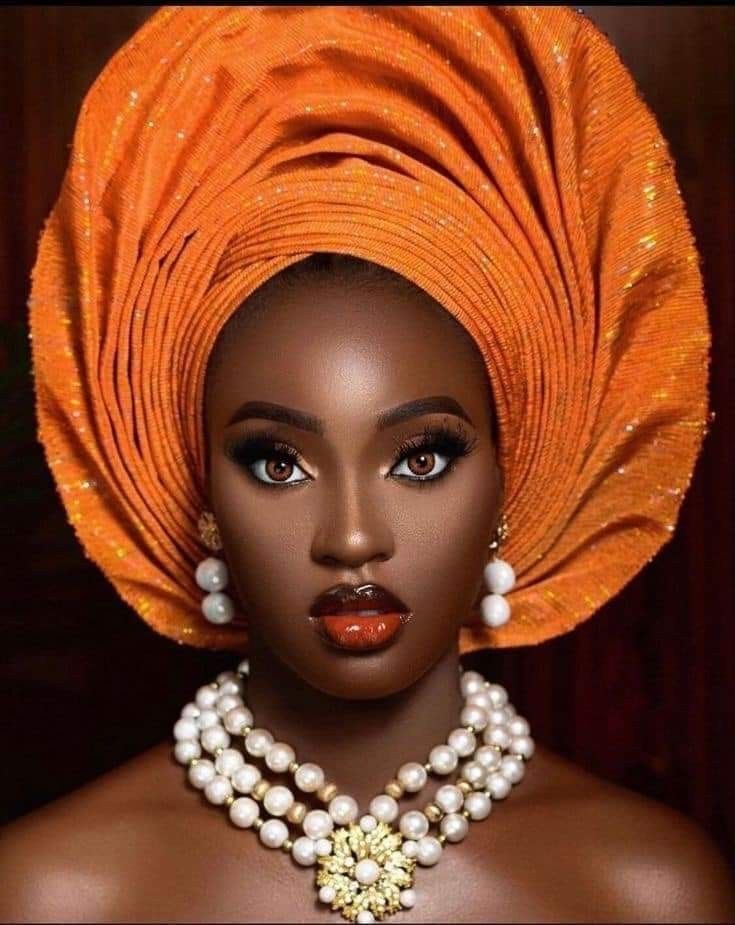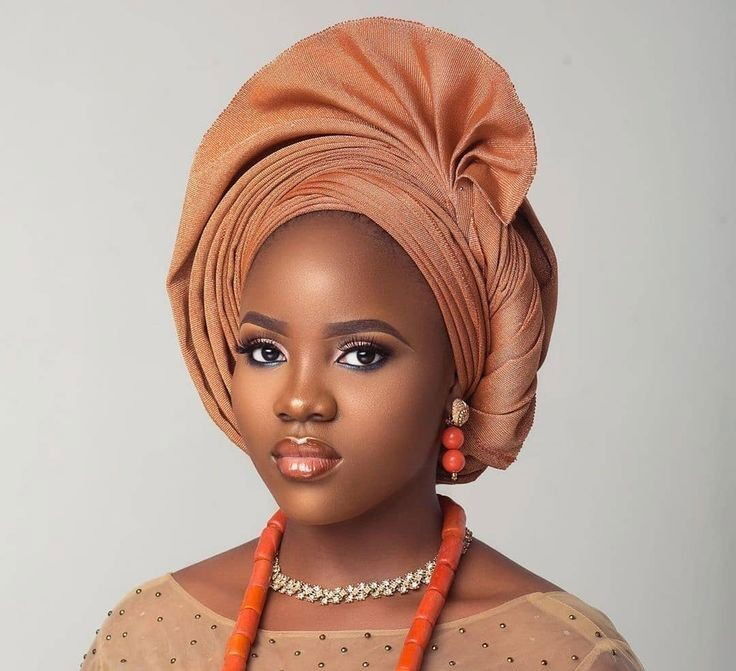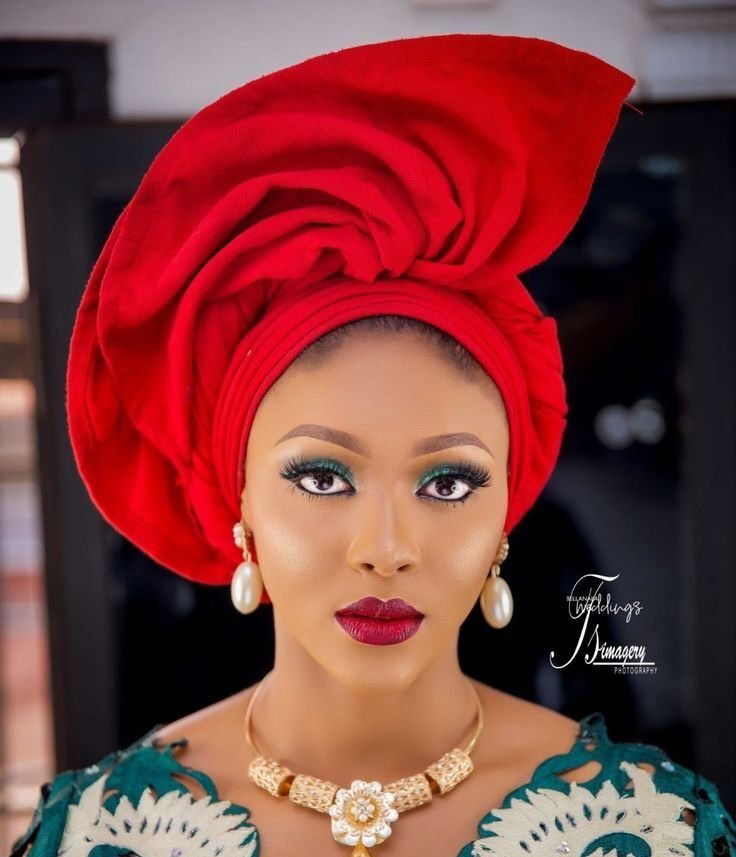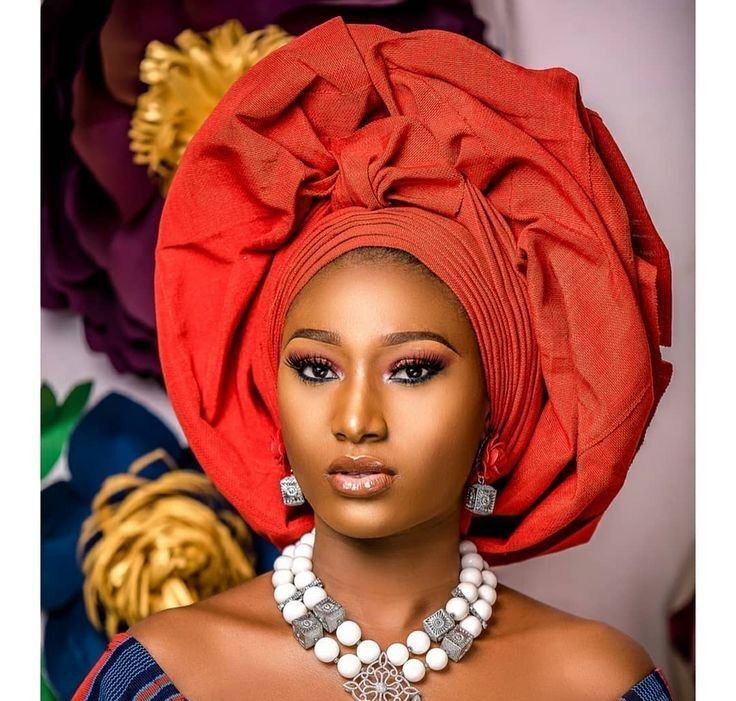Gele: Unraveling the Art of Nigerian Headgear
In the vibrant tapestry of Nigerian culture, few elements stand out as boldly and elegantly as the Gele. This intricately tied headwrap not only serves as a fashion statement but also holds deep cultural significance within Nigerian society. From weddings to festivals, and everything in between, the Gele has become an iconic symbol of Nigerian identity and tradition. In this article, we delve into the artistry, symbolism, and cultural importance of the Gele in Nigerian fashion.

Origins and History:
The origins of the Gele can be traced back centuries, with evidence suggesting its presence among various ethnic groups in Nigeria. Initially worn by women of royalty and high social standing, the Gele was a symbol of prestige and elegance. Over time, it evolved from a symbol of status to a ubiquitous accessory worn by women across all segments of society.
Artistry and Techniques:
The art of tying a Gele is no simple feat; it requires skill, precision, and creativity. There are countless styles and techniques for tying Gele, each with its own name and significance. From the classic "Ipele" style, characterized by its sleek and symmetrical folds, to the elaborate "Rose" style, which features intricate layers resembling a blooming flower, the Gele offers endless possibilities for self-expression and creativity.
Symbolism and Cultural Significance:
Beyond its aesthetic appeal, the Gele carries profound cultural meaning in Nigerian society. It serves as a marker of identity, reflecting the wearer's cultural heritage, marital status, and social standing. In traditional Nigerian weddings, for example, the Gele is often coordinated with the Aso-Ebi (matching outfit) to signify unity and solidarity among family members and guests. Additionally, the way in which the Gele is tied can convey messages of respect, humility, or celebration, depending on the occasion.
Revival and Contemporary Trends:
In recent years, there has been a resurgence of interest in the Gele among younger generations of Nigerians. Influenced by social media, fashion blogs, and celebrity endorsements, the Gele has experienced a renaissance, with modern twists and interpretations breathing new life into this ancient art form. Today, you'll find Gele adorned with embellishments, adorned with jewels, and paired with contemporary attire, showcasing the adaptability of this timeless accessory.
Preserving Tradition and Empowering Women:
Beyond its role as a fashion accessory, the Gele plays a significant role in preserving Nigerian cultural heritage and empowering women. Many Gele tying techniques are passed down through generations, with mothers teaching their daughters the art of tying Gele as a rite of passage. Additionally, the Gele industry provides economic opportunities for women, particularly in rural areas, where skilled Gele artists can earn a livelihood by offering their services for weddings, ceremonies, and other events.
Conclusion:
In a world where fashion trends come and go, the Gele stands as a timeless symbol of Nigerian culture and tradition. Its intricate beauty, rich symbolism, and cultural significance continue to captivate and inspire, ensuring that the art of Gele tying will endure for generations to come. Whether worn as a statement of pride, a symbol of unity, or simply as a stunning fashion accessory, the Gele remains an integral part of Nigerian identity and a testament to the enduring power of tradition in a rapidly changing world.





